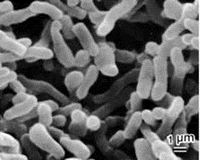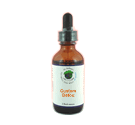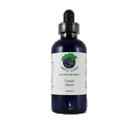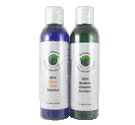 Arthropod/Vector
Bacteria
Chemicals
Fungus /Mold
/ Yeast Metals Parasites Virus Other Arthropod/Vector
Bacteria
Chemicals
Fungus /Mold
/ Yeast Metals Parasites Virus Other
|
Proprionibacterium
They are virtually ubiquitous and do not cause problems for most people, but propionobacteria have been implicated in acne and other skin conditions. It can also cause chronic blepharitis (inflammation of the eye lid) and endophthalmitis (inflammation of internal coats of the eye), the latter particularly following intraocular surgery. The genome of the bacterium has been sequenced and a study has shown several genes that can generate enzymes for degrading skin and proteins that may be immunogenic (activate the immune system). It is usually just barely detectable on the skin of healthy pre-adolescents. It lives primarily on, amongst other things, fatty acids in the sebaceous glands on sebum secreted by follicles. It may also be found throughout the gastrointestinal tract in humans and many other animals. It is named after its ability to generate propionic acid. When a pore is blocked, this anaerobic bacterium overgrows and secretes chemicals that break down the wall of the pore and forming an acne lesion (folliculitis), possibly spilling bacteria such as Staphylococcus aureus into the broken skin. Preliminary research shows healthy pores are only colonized by P. acnes while unhealthy ones universally include the non-pore-resident Staphylococcus epidermidis, amongst other bacterial contaminants. Thus, you may want to consider the Staphylococcus remedy along with this remedy if you have Acne or similar skin conditions. Some strains of this bacteria are used in cheese making to create CO2 bubbles that become "eyes", round holes in the cheese. Matter of fact, Swiss cheese holds the highest concentration of bacteria from this genus. Another species in this genus are found as part of the normal human flora. COMPLIMENTARY: If you suspect the need to detoxify this bacteria, consider using our MMS/Citric Acid product along with this remedy. The MMS protocol supplies usable oxygen to help the body eliminate all germs and disease causing agents. |
|




